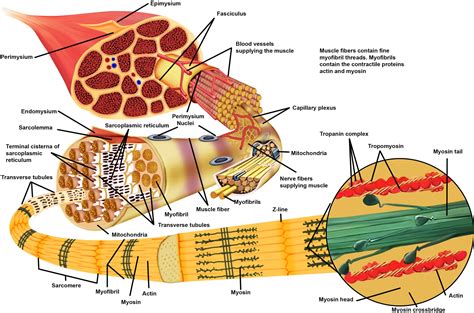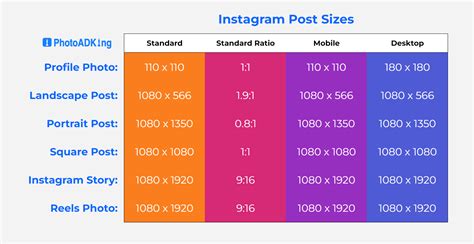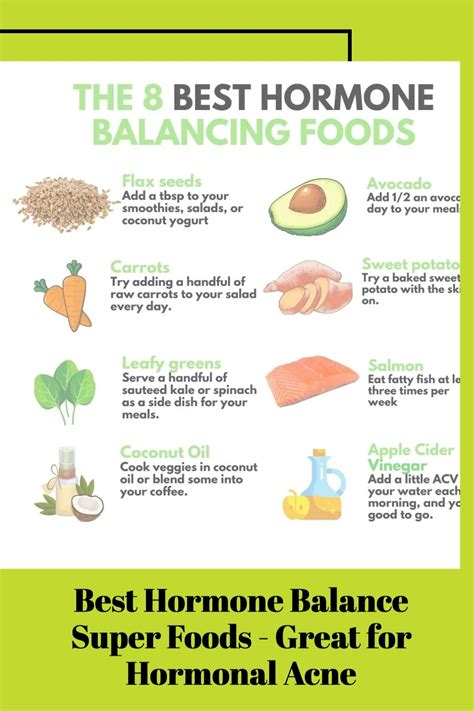What’s the optimal protein timing and type for max muscle growth & recovery?

Protein is the cornerstone of muscle growth and repair, serving as the building blocks for lean tissue. For athletes, bodybuilders, and anyone aiming to improve their physique, understanding how to best utilize protein – specifically, when to consume it and what types are most effective – can significantly impact results. While the fundamental truth remains that total daily protein intake is paramount, strategic timing and selection can provide an additional edge for maximizing muscle protein synthesis (MPS) and accelerating recovery.
The Evolving Science of Protein Timing
For years, the concept of an ‘anabolic window’ immediately post-workout was heavily emphasized, suggesting that missing this narrow timeframe would negate gains. Modern research, however, offers a more nuanced perspective. While consuming protein after exercise is undoubtedly beneficial, the window is generally considered much wider, spanning several hours, especially if protein was consumed pre-workout.
The overall distribution of protein throughout the day appears to be more critical than hitting a precise post-workout minute. Spreading protein intake across multiple meals and snacks helps maintain elevated amino acid levels in the bloodstream, continuously supporting MPS. Aiming for roughly 0.25-0.4 grams of protein per kilogram of body weight per meal, distributed every 3-4 hours, is a common recommendation to optimize muscle anabolism.

Pre-Workout Protein: Fueling Performance and Recovery
Consuming protein before a workout ensures a steady supply of amino acids to your muscles during exercise. This can help reduce muscle protein breakdown during strenuous training and kickstart the recovery process even before it begins. A small, easily digestible protein source 1-2 hours pre-workout, often combined with carbohydrates, is a smart strategy.
Post-Workout Protein: The Recovery Cornerstone
While the ‘anabolic window’ may be wider than once thought, the post-exercise period remains a prime time for nutrient uptake. Intense training creates micro-tears in muscle fibers and depletes glycogen stores. Consuming protein (especially fast-digesting types) immediately after or within a few hours of training provides the necessary amino acids to repair damaged tissue and initiate muscle regrowth. Combining protein with carbohydrates further enhances recovery by replenishing glycogen and promoting an insulin response that drives nutrients into cells.
Before Bed: Sustained Release for Overnight Repair
The overnight fast can lead to a period where muscle protein breakdown exceeds synthesis. Consuming a slow-digesting protein source before bed can provide a sustained release of amino acids throughout the night, helping to reduce catabolism and support anabolism while you sleep. This strategy is particularly effective for those aiming to maximize muscle mass.

Choosing the Right Protein Type
Not all proteins are created equal. Different protein sources vary in their amino acid profiles, digestibility, and absorption rates, making some more suitable for specific timing windows or dietary preferences.
Whey Protein: The Fast-Acting Champion
Derived from milk, whey protein is a complete protein, meaning it contains all nine essential amino acids necessary for muscle growth. It is rapidly digested and absorbed, leading to a quick spike in blood amino acid levels and a strong stimulation of MPS. This makes whey an excellent choice for post-workout recovery when quick delivery of amino acids is desired. Whey isolate, a purer form, is often preferred for its lower fat and lactose content.
Casein Protein: The Slow-Burning Powerhouse
Also derived from milk, casein protein digests much slower than whey. It forms a gel-like clot in the stomach, providing a sustained, gradual release of amino acids into the bloodstream over several hours. This ‘anti-catabolic’ effect makes casein ideal for periods of prolonged fasting, such as before bed, or between widely spaced meals, to prevent muscle breakdown.

Plant-Based Proteins: Diverse and Effective
For vegetarians, vegans, or those with dairy sensitivities, a variety of plant-based proteins are available. While some individual plant proteins (like soy) are complete, many (like pea, rice, hemp) may be limiting in one or more essential amino acids. However, combining different plant protein sources (e.g., rice and pea protein) can create a complete amino acid profile comparable to animal proteins. Plant-based protein powders are increasingly refined and can be excellent options for muscle growth and recovery, often with the added benefit of fiber and micronutrients.
Whole Food Proteins: The Foundation of Good Nutrition
Beyond supplements, whole food sources of protein should form the foundation of any muscle-building diet. Lean meats (chicken, turkey, beef), fish (salmon, tuna), eggs, dairy products (Greek yogurt, cottage cheese), legumes, and nuts provide not only ample protein but also a spectrum of other essential nutrients, vitamins, and minerals vital for overall health and athletic performance. Prioritizing whole foods ensures a comprehensive nutrient intake that supplements alone cannot fully replicate.

Synthesizing Your Optimal Protein Strategy
For maximum muscle growth and recovery, a holistic approach that integrates both timing and type is most effective:
- Total Daily Intake: Ensure you are consistently hitting your daily protein target (typically 1.6-2.2 grams per kilogram of body weight for active individuals).
- Even Distribution: Spread your protein intake across 4-6 meals/snacks throughout the day to sustain elevated MPS.
- Pre-Workout: Consider a small, easily digestible protein source (e.g., whey or a whole food snack) 1-2 hours before training.
- Post-Workout: Prioritize a fast-digesting protein like whey (20-40g) combined with carbohydrates within a few hours after your workout.
- Before Bed: Incorporate a slow-digesting protein like casein (20-40g) or cottage cheese to support overnight muscle repair.
- Variety: Utilize a mix of whole food animal and plant-based proteins to benefit from diverse nutrient profiles.

Conclusion: Consistency is Key
While fine-tuning protein timing and type can offer incremental advantages, the most significant factor in achieving muscle growth and optimal recovery remains consistent adherence to sufficient total daily protein intake. By strategically integrating fast and slow-digesting proteins, and distributing your intake thoughtfully throughout the day, you can create an anabolic environment that maximizes your body’s potential for building and repairing muscle. Listen to your body, experiment with what works best for your schedule and preferences, and always prioritize nutrient-dense whole foods.








